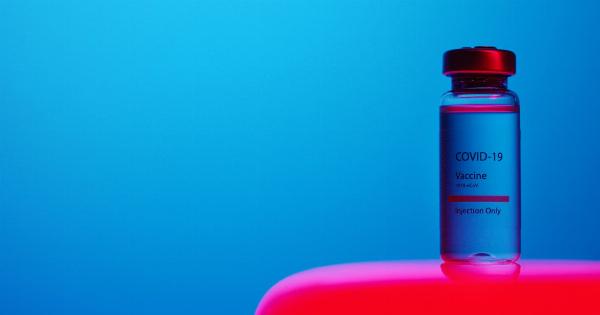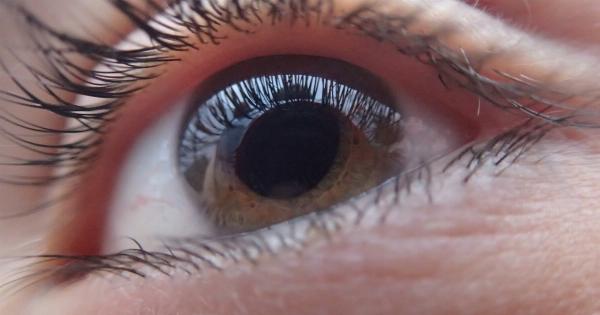Having healthy skin is vital for a person’s overall well-being. Skin is the largest organ in the human body and acts as a shield against external elements. However, having unhealthy skin can compromise the immune system and lead to other health issues.
Skin conditions can manifest in various ways, but one common symptom is the color red.
What Is Redness of the skin?
Redness of the skin is a symptom of various skin conditions, including irritation, inflammation, and infection. The red color comes from blood vessels dilating in response to the body’s immune response.
Redness can be accompanied by other symptoms such as itching, pain, and swelling.
What are some causes of red skin?
Red skin can be caused by several factors, including:.
: 1. Inflammation
Various conditions such as eczema, psoriasis, and rosacea can cause inflammation of the skin. The skin becomes red due to the increased blood flow to the area, and the inflammation can cause itching, pain, and swelling.
: 2. Sunburn
Exposure to ultraviolet rays from the sun can lead to sunburn, where the skin becomes red and painful. Sunburn can increase the risk of skin cancer and cause other skin complications such as premature aging.
: 3. Allergic reactions
Some people may develop redness of the skin due to an allergic reaction to certain substances such as detergents, cosmetics, or medications. The reaction can cause hives, itching, and swelling of the skin.
: 4. Infections
Bacterial, fungal, or viral infections can cause redness of the skin. Some common infections that cause red skin include impetigo, cellulitis, and shingles.
What Are Some Signs of a Severe Skin Condition?
Although redness of the skin can occur due to several causes that may not be severe, certain symptoms indicate a severe skin condition. These include:.
: 1. Persistent Redness
Redness that persists for a long time, even after taking over-the-counter medications, can indicate a severe skin condition such as rosacea or lupus.
: 2. Pus-filled Blisters
If the redness is accompanied by pus-filled blisters, it could be a sign of a severe bacterial or fungal infection such as impetigo.
: 3. Scaly Patches
Redness accompanied by scaly patches can indicate a severe skin condition such as psoriasis or eczema.
: 4. Skin Thickening
If the skin becomes thick and hard, it could be a sign of a severe skin condition such as scleroderma.
When to Seek Medical Help?
If you develop redness of the skin accompanied by any of the above symptoms, seek medical help immediately. Some severe skin conditions can lead to complications such as infections, scarring, or even skin cancer.
Prevention
Here are some measures you can take to prevent redness of the skin:.
: 1. Protection from the Sun
Wear protective clothing and use sunscreen when exposed to the sun to prevent sunburn and reduce the risk of skin cancer.
: 2. Avoid Irritants
Avoid substances that irritate your skin, such as harsh soaps, detergents, or cosmetics. If you develop a reaction when using any of these substances, discontinue use immediately.
: 3. Keep Your Skin Moisturized
Dry skin is susceptible to irritation and infection. Keep your skin hydrated by moisturizing regularly.
: 4. Maintain Good Hygiene
Good hygiene can prevent bacterial and fungal infections that cause redness of the skin. Clean and dry your skin thoroughly, especially after sweating or contact with other people.
Conclusion
Redness of the skin can occur due to various skin conditions, including irritation, inflammation, and infection. Although not all redness is severe, some signs indicate a severe skin condition that requires medical attention.
If you develop persistent redness accompanied by pus-filled blisters, scaly patches, or skin thickening, seek medical help immediately. Take measures to prevent skin conditions by avoiding irritants, protecting your skin from the sun, moisturizing regularly, and maintaining good hygiene.






























